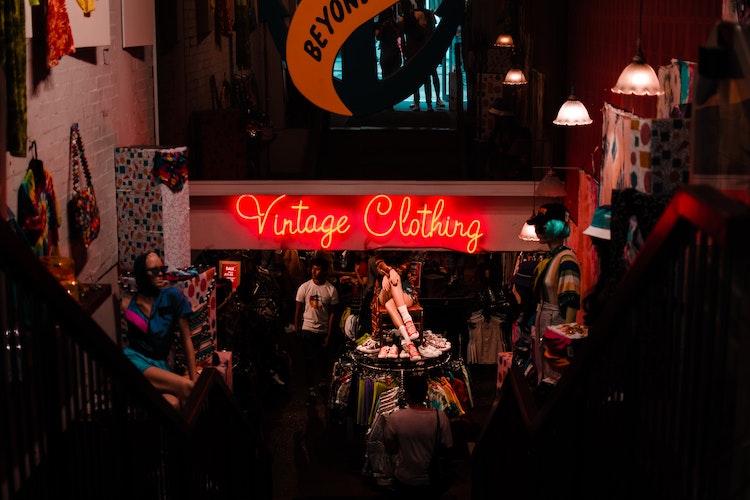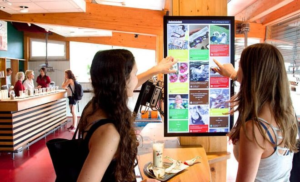Have you considered starting your own kids’ clothing line? Many people launch brands, but there is much work before you start selling your product, especially if starting from scratch. This article will outline the steps to get your kids’ clothing brand into consumers’ hands.
Step 1 – Brand Development
Before you can sell your brand, you have to create it. The brand you will make will be your company’s public identity, so ensure to represent your business well. In the fashion world, this is vital. A good brand will generate revenue and inspire imitators. It will also lead to success.
“Your brand must be authentic, able to speak to consumers, and convincing enough that their children should wear your clothing line.”
The brand you create must also be easy to market through advertising and promotion.
Step 2 – Business Details
Before you launch your kids’ clothing brand, you must consider a few business matters. The most important of them is deciding on a business structure. Your choices are establishing a sole proprietorship or LLC.
You will also have to determine if you want to incorporate or register a partnership. Running a business as a sole proprietorship is the most common choice. It means you are the sole owner, and all responsibilities are yours to bear. An LLC (Limited Liability Company) provides the same limited liability protection that exists in a corporation. One or the other will be an obvious fit for your online clothing store.
Step 3 – Run The Numbers
You have to sort out a lot of math before you can start selling your kids’ clothing brand. First, concentrate on your start-up costs. These will include all activities you paid for that assisted in launching your business, including license and permit fees, brand design, and infrastructure costs such as invoicing software, internet access, and a website. It may also include marketing and advertising expenses, material for your clothing, tools to make the clothing, and an hourly wage to cover the time put into these tasks.
The next bit of math you will encounter is when you set the prices for selling your inventory of kids’ clothing. To have a foundation to start with, it helps to know what it costs to produce the items you intend to sell. This CPU (cost-per-unit) will give you some direction on where to go on the pricing scale, but there will be other factors to influence pricing.
In addition, add the cost of running your business to the prices you charge and the room for profit. There are many different pricing models, and you must figure out which fits your needs best. Typically, expect to price items between 30 and 50 percent more than the total expenses per item.
Step 4 – Online Footprint
“Research shows that 97 percent of consumers will research products online before purchasing.”
Therefore, creating a website is one of the most critical components of your kids’ clothing business. But a successful website must feature a few things that promote your brand, such as the brand colors and logo.
Your website should also showcase your unique fashion designs, emphasizing what makes your brand different from others, for example, Bella + Canvas. Finally, the content that appears on your website must be aimed at your target audience and be relevant to your brand.
Step 5 – Your First Collection
Next, you must decide what clothing line you intend to use for your brand. Again, you have a few options that include the following:
Print-On-Demand
Print-on-demand clothing utilizes third-party prints and ships pre-existing wholesale items to your customers. This business model has low costs and produces high-quality products but doesn’t offer volume discounts.
Custom Wholesale
This business model is where you purchase pre-made wholesale clothing and hoodies but hand-customize them. It is cost-effective, making for a good profit, but there are limits on designs and images.
Cut-and-Sew/Private Label
A business model where you design the clothing brand and a manufacturing partner makes it to your guidelines. Then you sell the products under your private label. More significant margins are available here, and you are ultimately selling custom clothing, but the start-up costs are high, and it takes a long time to get to the launch phase.
Custom Couture
Each clothing item is hand-made to custom-fit each customer. As you can imagine, this will be costly in both time and money. It also limits the potential client base.
Step 6 – Build A Sales Plan
Manufacturing your products is just half of the equation. You have to have a plan on how you intend to sell the items once manufactured. It is a good idea to conduct market research to determine the best-selling option to reach your target market and fit your business model.
Step 7 – Promote, Promote, Promote
The final step to launching your kids’ clothing line is marketing your products. Therefore, reaching out to fashion magazine editors for coverage, social media activity, and traditional advertising tools such as billboards, print ads, and radio interviews. If you make the right connections, you should see sales figures climbing soon afterward.
Final Thoughts
It takes a lot of different steps to launch a new clothing brand. But, if you do it right, you can easily experience success. But you need to know what those steps are if you start from scratch.
The list above will give you the direction you need to ensure your brand gets the attention it deserves. You earn revenues demonstrating how much consumers appreciate your clothing designs and function. It takes work but is well worth the effort.
Also, Read 6 Ecommerce Trends that Will Dictate the Industry










